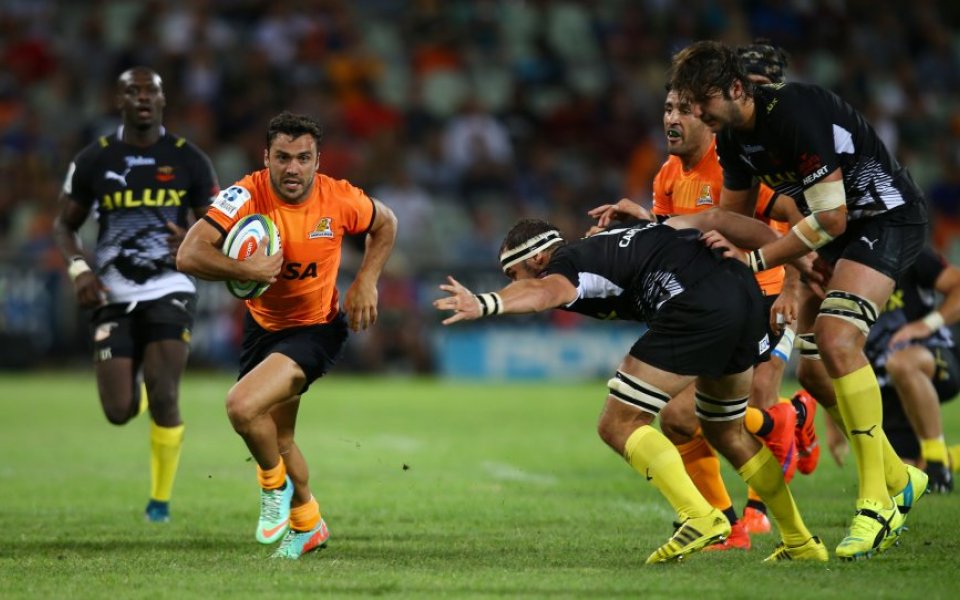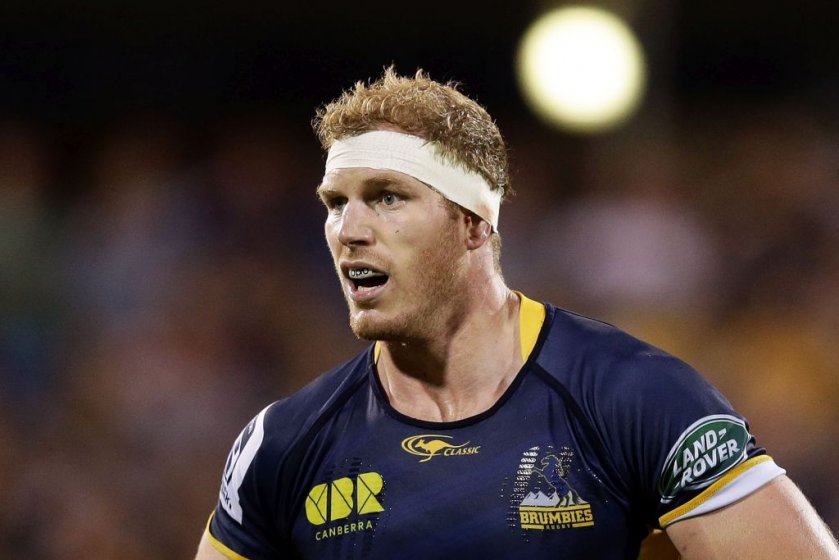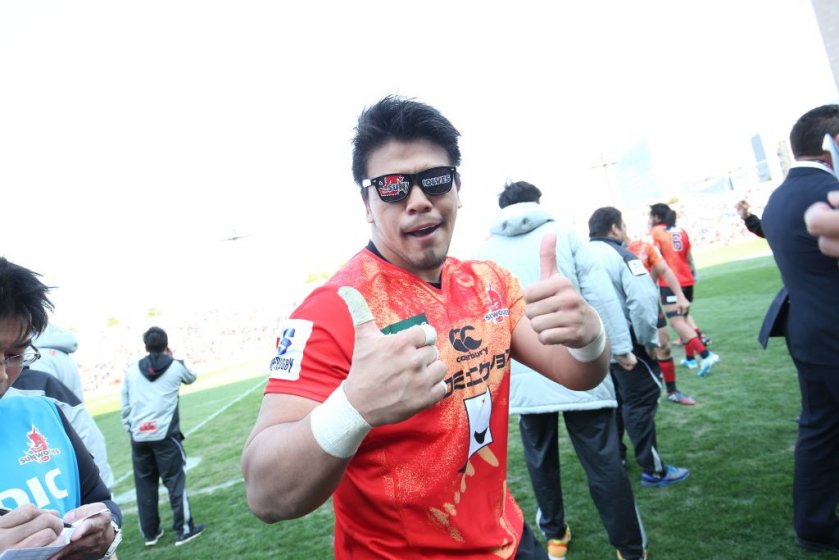Forget the Six Nations and switch on Super Rugby if you want real entertainment

A number of rugby union’s elite performers, including former world players of the year, World Cup winners and European Cup winners, are in action this weekend for a competition rarely rivalled for its consistent quality.
Elsewhere, the Six Nations resumes. But for fans of running rugby, tries and impressive hand skills, Super Rugby is the tournament to watch.
The Southern Hemisphere’s franchise competition resumes tomorrow in an expanded format that stretches beyond its Sanzar (South Africa, New Zealand and Australia) heartlands and into South America and Asia with new teams from Argentina and Japan, plus the return of Port Elizabeth’s the Kings, boosting the number of competitors from 15 to 18.
Any rugby skeptics converted to the game during the World Cup thanks to the performances of the four semi-finalists or the heroics of Japan may find more to appreciate watching the future stars of the 2019 tournament in Super Rugby than in the often attritional, rain-soaked battles of the Six Nations.
Read more: The highest paid rugby players in the world
Eleven players who started in the Argentina side that blew away reigning Six Nations champions Ireland in the quarter-final of the World Cup featured in the first ever game for new Buenos Aires franchise Jaguares – a victory over the Cheetahs in Bloemfontein on Friday night.
Argentine Nicolas Sanchez, the tournament’s top points scorer, New Zealand’s Julian Savea, World Cup top try scorer, Australia’s pre-eminent breakdown master David Pockock and Ayumu Goromaru, a breakout star in Japan who holds official ninja status, are just a few of the many talents packed into the franchises’ rosters.
Last season only the bottom two teams averaged less than two tries a game with most teams prioritising time with the ball in hand and running over kicking for touch and set piece dominance – an indulgence made easier thanks to hospitable weather and dry pitches.

David Pocock, believed to be wanted by top European clubs offering huge money, in action for the Brumbies (Source: Getty)
After last year’s World Cup Austin Healey even went so far as to call for the RFU to buy its own Super Rugby franchise as a vehicle for England's most talented backs to gain more time honing their skills.
Indeed, this is where future All Blacks, Springboks and Wallabies first stake a claim to wear the iconic shirts.
This season, for example, will offer a great deal of indication towards the identity of Dan Carter’s long-term All Blacks replacement. Lima Sopoaga and Beauden Barrett, both of whom started in last year’s final for the Highlanders and Hurricanes respectively, will vie for supremacy with Aaron Cruden of the Chiefs. All three would be the envy of all but a handful of the top European club sides.
Of course, the Six Nations is also still capable of showcasing breathtaking skill and breathless rugby – look no further than last year’s 55-35 final day thriller between England and France.
Read more: Are Ireland really as boring as Eddie Jones makes out?
Yet such occasions are becoming increasingly rare. Yesterday’s Friday night fright between Wales and France on the BBC – little more than 80 minutes of big bodies bashing into each other on a loop – could not have contrasted more starkly with the average of 64 points scored per match in the three games on Super Rugby’s opening day.
A total of 34 tries were scored in Super Rugby’s first five games this season. Collectively, the Six Nations sides have managed 22 from their first seven games.
And the league’s authorities want to see even more attacking flair by this season awarding a bonus point to teams who finish three tries in front of their opponent rather than a team that scores four tries.
“By implementing this change we expect to see more attacking and competitive rugby, as teams will be asked to keep their foot down for the full 80 in order to claim the try-scoring bonus point,” explained Sanzar chief executive Andy Marinos.

The Sunwolves played to an impressive 25,000 strong crowd in Tokyo (Source: Getty)
Yet despite boasting consistently attacking rugby, the tournament is not without its faults and has faced criticism over an increasingly bloated format and confusing league system.
The introduction of Tokyo’s Sunwolves and the Jaguares has meant the league will be divided up into four regional conferences – one each for Australia and New Zealand and two for South Africa which will share the new franchises – the top teams from which will compete in a play-off.
The southern hemisphere nations’ shorter season – often pointed to as another reason for their traditional superiority on the international stage – could soon be a thing of the past.
“They’re trying to create something that’s not really viable,” former Wallaby David Campese has lamented to Planet Rugby. “The doesn’t seem to be any thought going into the players’ welfare about the travelling. It’s an absolute mess.”
Campese and others, including current England head coach and former Japan boss Eddie Jones, have warned that the country is not ready to host a franchise.
Read more: Is the southern hemisphere increasing its dominance over the northern hemisphere?
The Sunwolves were competitive but in the end comfortably beaten 26-13 by the Lions in their first ever game.
Yet they can take encouragement over their long-term viability as a franchise from a full house at the 25,000 capacity Prince Chichibu Memorial Stadium in Tokyo.
How the Sunwolves and Jaguares fare after shuttling back and forth from South Africa for a full season remains to be seen.
Yet observing how the league manages to cope with its new globe-spanning and the impact the new teams will have on their respective national sides, Japan’s Brave Blossoms and Argentina’s Pumas, promises to be as enthralling and dramatic as the rugby itself.